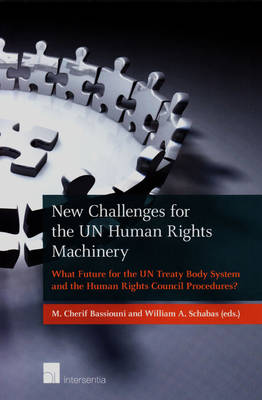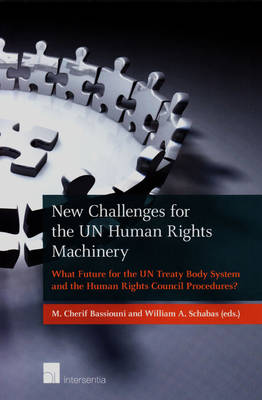
- Retrait gratuit dans votre magasin Club
- 7.000.000 titres dans notre catalogue
- Payer en toute sécurité
- Toujours un magasin près de chez vous
- Retrait gratuit dans votre magasin Club
- 7.000.0000 titres dans notre catalogue
- Payer en toute sécurité
- Toujours un magasin près de chez vous
New Challenges for the UN Human Rights Machinery
What Future for the UN Treaty Body System and the Human Rights Council Procedures?
William A. Schabas
Livre broché | Anglais
125,95 €
+ 251 points
Description
In 2009, the UN High Commissioner for Human Rights gave a new impetus to the ongoing discussions on the reform of the UN treaty bodies and the modernization of the UN human rights system. This impressive collection of essays is a response to the High Commissioner’s call, which joins initiatives by other stakeholders, from an academic perspective. The book has two parts: one presents reflections on the Treaty Body System and the second on the Human Rights Council Procedures.
Spécifications
Parties prenantes
- Auteur(s) :
- Editeur:
Contenu
- Nombre de pages :
- 480
- Langue:
- Anglais
Caractéristiques
- EAN:
- 9781780680552
- Date de parution :
- 31-12-11
- Format:
- Livre broché
- Dimensions :
- 160 mm x 240 mm
- Poids :
- 813 g

Les avis
Nous publions uniquement les avis qui respectent les conditions requises. Consultez nos conditions pour les avis.






